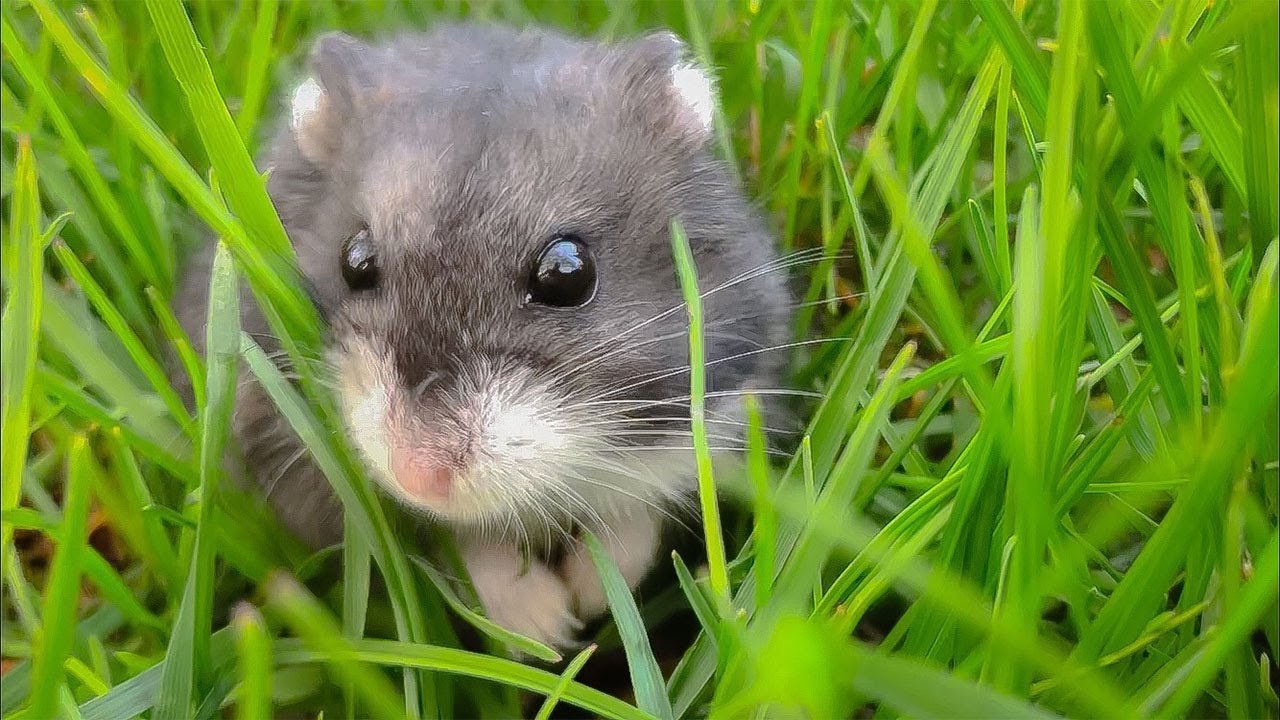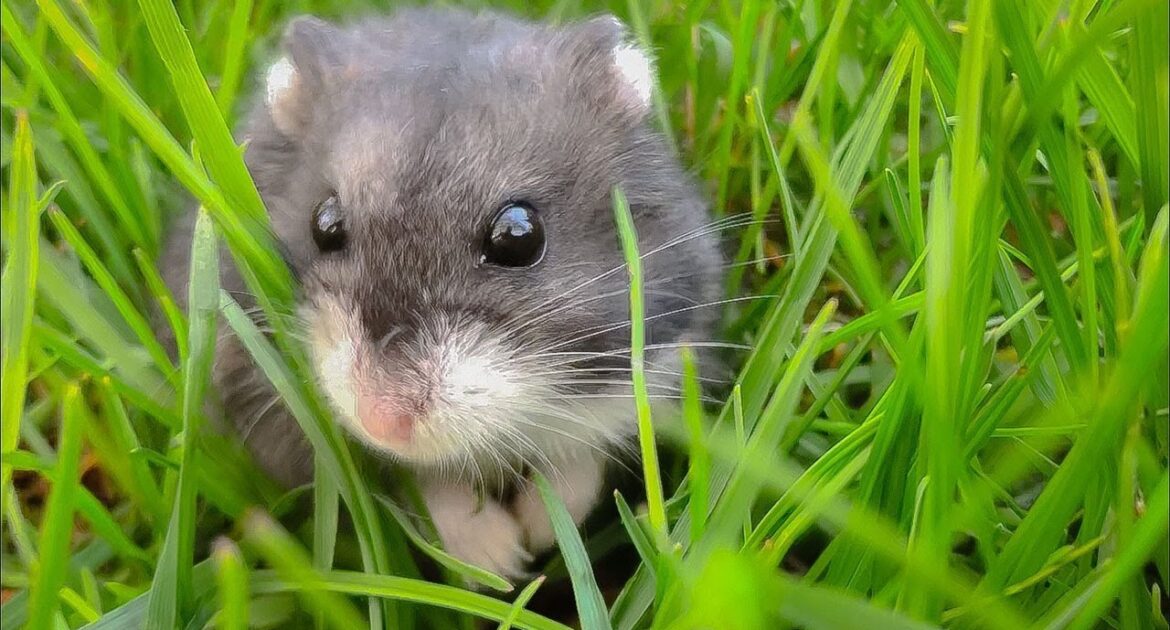Most people have fond memories of sitting in front of the television on Saturday morning with a big bowl of cereal and watching Tom and Jerry or other similar cartoons. In each of these TV programs, mice were enticed by cheese, the aroma, the taste. However, as an expert on mice removal in Ajax can tell you, the cartoons lied.
Mice prefer almost anything else to a large piece of cheese. In fact, most mice prefer foods high in carbohydrates, like sweets and junk foods. How did the relationship between mice and cheese begin, and why do people still believe it?
History of Mice and Cheese
It is challenging to pinpoint the origin of the myth that mice love cheese. From Shakespeare to Tom and Jerry, the lie permeates pop culture. However, experts make some assumptions about why or how the myth started.
People did not have modern refrigeration in the middle ages. Food storage relied on archaic and complex practices. The meat was hung from hooks in the ceiling, grains were in burlap sacks, and cheese was coated in wax, covered in a layer of cheesecloth. The assumption is that while mice were likely eating the grain, it was more apparent when they took an occasional bite of cheese than when they ate a few pieces of grain.
The Reality of Mice and Cheese
While mice might not like cheese, they still might eat it if it is the only thing around. However, mice prefer carb-heavy foods, like nuts and sweets. Cheese is too odorous for mice. Additionally, the taste is off putting and too strong. You are more likely to find chew marks in cereal boxes stored in a cupboard than find teeth marks on a piece of cheese left on a counter.
Cheese as Bait
For people that use traps, cheese is a terrible choice for bait. However, most traps are cruel and inhumane devices. Snap traps rarely kill the way they are supposed to, merely maiming or severely injuring the mouse instead, leaving it to die slowly and painfully. Glue traps also prolong suffering, with most mice starving to death or being eaten alive by predators. If you care about wildlife, do not use traps and poisons. Contact a humane wildlife service.
Preferential Food To Cheese
If a mouse could choose a meal, it would request something sugary. They are not picky when it comes to sweets. A mouse enjoys fruit, chocolate, and a variety of grains. However, they typically like things that are sweeter and less bitter. Therefore, if a mouse chooses a bar of chocolate, it will be a bar of milk chocolate over dark.
Hire a Humane Wildlife Removal Service
Most humane wildlife removal services do not recommend DIY removal methods like traps. While the primary reason to avoid such items is they are inhumane, they are also ineffective.
When you notice a mouse in your home, you likely have a colony or infestation. Traps are inefficient because they only deal with one mouse at a time. Poison is also ineffective and potentially dangerous for pets and other wildlife, even children.
If you have seen a mouse, you likely have a significant problem on your hands. Only a wildlife control service is capable of handling large rodent populations.
Do you believe you have mice in your house or on your property? If so, contact Skedaddle Humane Wildlife Control and schedule an assessment. The company will send out a wildlife specialist to inspect the property and provide potential solutions. The expert will also explain the benefits of quick service.




